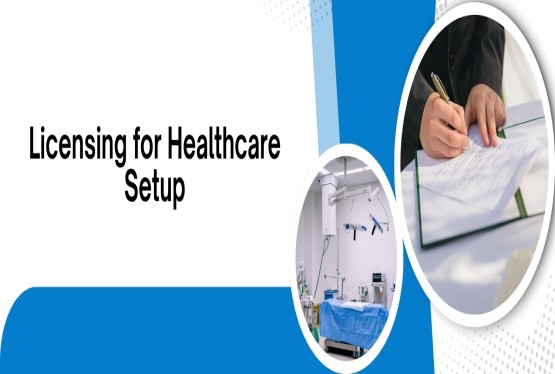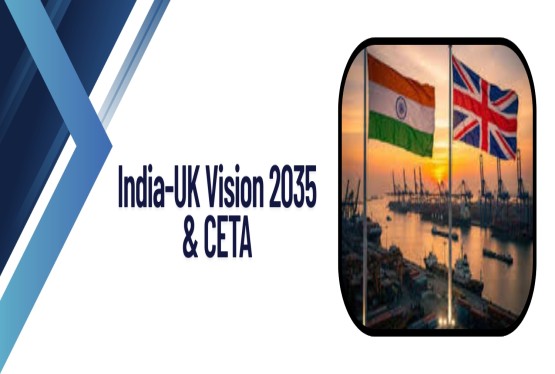The Bureau of Indian Standards commonly known as BIS, plays an important role in regulating and maintaining the quality of various products in India, including medical devices. BIS was established under the Bureau of Indian Standards Act, 1986, and it functions as the national standards body under the Ministry of Consumer Affairs, Food, and Public Distribution, Government of India. The primary role of BIS concerning medical devices is to ensure that the healthcare sector operates efficiently by monitoring and upholding the quality and safety of medical devices. These standards are crucial for maintaining safety, effectiveness, and reliability in the healthcare system.
BIS Standards for Medical Devices are essential to ensure that all devices used in medical settings comply with strict quality and safety measures. These standards are not only a benchmark for manufacturers and suppliers but also provide assurance to healthcare providers and patients that the devices are safe for use.
Role of BIS and Technical Committees in Medical Devices
To ensure that medical devices meet the set standards, BIS has established various Technical Committees under the Medical Equipment and Hospital Planning Department (MHD). These committees are responsible for regulating and maintaining the standards related to different categories of medical devices. The committees work on formulating, updating, and implementing Indian Standards for a wide range of equipment used in healthcare.
The areas covered by these committees include surgical instruments, implants and their accessories, devices used for assisting individuals with disabilities, surgical equipment meant for veterinary purposes, and devices used in research and forensic science. They also cover electromedical equipment, health informatics systems, and laboratory instruments used for medical purposes. These committees are instrumental in ensuring that all medical devices used in the country adhere to the required safety and performance benchmarks.
Advantages of BIS Standards for Medical Devices
There are several significant benefits associated with implementing and maintaining BIS Standards for Medical Devices. One of the primary advantages is the improvement in the efficiency of medical equipment. Devices that meet BIS Standards are more reliable and perform better, thus enhancing the overall efficiency of healthcare services.
-
Cost reduction is another important benefit. By complying with BIS Standards, manufacturers can streamline their production processes, reduce wastage, and ensure consistency in product quality. This not only brings down the cost of production but also makes medical devices more affordable.
-
The standards also help in monitoring the supply chain of medical devices. With clear guidelines in place, it becomes easier to trace and verify every stage of the device's lifecycle, from manufacturing to distribution and usage. This ensures transparency and accountability.
-
Health risks are significantly reduced when medical devices meet BIS Standards. By complying with safety norms, the likelihood of device failure or malfunction is minimized, thereby safeguarding patients and healthcare providers. These standards also ensure regular maintenance of devices, which is crucial for their longevity and performance.
-
Marketing of medical devices becomes more accessible and effective when they are BIS certified. Certification acts as a mark of quality and safety, thereby increasing the product's credibility in the market. It also helps manufacturers gain a competitive edge.
-
Manufacturing control is another advantage. BIS Standards lay down clear guidelines for the manufacturing process, thereby ensuring that all products are produced under strict quality control measures. This helps in maintaining consistency and reliability.
-
Customer security and transparency are enhanced with BIS certification. When customers know that a product is BIS-certified, they feel more secure using it. It also builds trust and strengthens the reputation of manufacturers.
-
By reducing the chances of health hazards caused by defective medical devices, BIS Standards play an important role in public health and safety. These standards ensure that all devices are thoroughly tested and validated before reaching the market.
Necessity of BIS Standards for Medical Devices
The implementation of BIS Standards for Medical Devices is not just a regulatory requirement but a necessity for ensuring the safety and effectiveness of medical equipment. These standards align with the Quality Management System (QMS) established by BIS. QMS ensures that all aspects of medical device production, usage, and maintenance are thoroughly monitored and evaluated.
-
Risk evaluation is an important component of QMS. Every medical device must undergo a complete assessment to identify any potential risks associated with its use. This helps in mitigating risks and ensuring safe usage.
-
Management of authorization and control over the production of medical devices is another essential aspect. BIS ensures that only authorized manufacturers with certified processes are allowed to produce medical devices. This control helps in maintaining the integrity and quality of products.
-
Devices used for clinical purposes undergo rigorous evaluation to ensure they meet all safety and performance criteria. This is especially important as these devices have a direct impact on patient health and treatment outcomes.
-
Bio-compatibility is another critical factor. Medical devices that come into contact with the human body must be tested for compatibility to ensure they do not cause adverse reactions. BIS Standards mandate thorough testing in this area.
-
Environmental risk factors are also considered. Devices must be safe not only for human use but also for the environment. BIS evaluates the environmental impact of medical devices to ensure they are eco-friendly.
-
Electronic devices used in medical equipment are subject to strict approval processes. These devices must be tested for safety, reliability, and performance before being approved for use.
Implementing BIS Standards for Medical Devices
The implementation of BIS Standards for Medical Devices is governed by Rule 7 of the Medical Device Rules, 2017. This rule mandates that all medical devices must comply with the “Product Standards” set by BIS. If BIS has not specified standards for a particular device, then the product must adhere to standards set by the Ministry of Health and Family Welfare (MOHFW).
In cases where neither BIS nor MOHFW has defined standards, the device must comply with international standards such as those from the International Organization for Standardization (ISO), the International Electro-Technical Commission (IEC), or relevant pharmacopeial standards. If no such standards are available, then the product must comply with validated manufacturer’s standards.
This approach ensures that there is always a benchmark for quality and safety, even in cases where specific national standards have not yet been developed. It also allows for flexibility while maintaining a high standard of regulation.
Registration Conditions of BIS Standards for Medical Devices
To ensure that only compliant products enter the Indian market, the Central Drugs Standard Control Organisation (CDSCO) has made it mandatory for certain medical devices to be registered before they can be sold. Currently, there are 38 categories of medical devices that require an Importer License. This license is obtained by applying through Form MD – 15.
From 1st October 2022, it became mandatory for all Class A, Class B, Class C, and Class D medical devices to be registered for the issuance of an Importer License. Each of these classes represents a different level of risk, with Class A being low-risk and Class D being high-risk devices. This classification helps in applying the appropriate level of scrutiny and regulation.
In addition to the above, non-notified medical devices also need to be registered under applicable licenses. These devices must comply with specific documentation requirements, which include Reference Country Approval and ISO 13485 Certification of the Manufacturing Facility. This certification ensures that the facility where the devices are produced follows internationally recognized quality management practices.
Conclusion
BIS Standards for Medical Devices are important for maintaining the quality, safety, and effectiveness of medical equipment used in India. These standards ensure that all medical devices meet stringent safety norms, thereby protecting both patients and healthcare providers. With proper implementation and regulation, BIS Standards help in improving efficiency, reducing costs, and ensuring transparency in the healthcare sector.
Recent developments have shown a growing emphasis on strengthening these standards. In September 2021, the CDSCO announced the inclusion of a dedicated section for BIS Standards for Medical Devices on their website, indicating the importance of these regulations. As the healthcare sector continues to grow and evolve, adherence to BIS Standards will play a main role in ensuring that medical devices are safe, reliable, and effective.
If you have any queries or need any support in CDSCO or BIS Registration, then connect with Compliance Calendar LLP experts through email at info@ccoffice.in or Call/Whatsapp at +91 9988424211.
FAQs
Q1. What are BIS Standards for Medical Devices?
Ans. BIS Standards for Medical Devices are specific quality and safety guidelines established by the Bureau of Indian Standards (BIS) to regulate the manufacturing, distribution, and usage of medical devices in India. These standards ensure that the devices meet safety, performance, and reliability requirements to protect both patients and healthcare professionals. They cover a wide range of equipment, including surgical instruments, implants, electromedical devices, and diagnostic tools.
Q2. Why are BIS Standards important for medical devices?
Ans. BIS Standards are important because they help in maintaining the safety, efficacy, and quality of medical devices. These standards prevent the distribution of substandard or defective devices, reduce health risks, and promote patient safety. They also ensure that medical devices are manufactured and maintained under a controlled environment, helping healthcare facilities provide better treatment outcomes.
Q3. Who regulates and enforces BIS Standards in India?
Ans. The Bureau of Indian Standards (BIS) is the national authority responsible for formulating, updating, and enforcing these standards. For medical devices specifically, technical committees under the Medical Equipment and Hospital Planning Department (MHD) of BIS handle the development of appropriate standards. Additionally, the Central Drugs Standard Control Organisation (CDSCO) oversees registration and licensing of medical devices to ensure compliance with BIS and other applicable standards.
Q4. Are BIS Standards mandatory for all medical devices?
Ans. Yes, as per Rule 7 of the Medical Device Rules, 2017, it is mandatory for all medical devices to comply with BIS Standards or applicable Indian Standards. If no specific BIS standard is available, the device must comply with standards set by the Ministry of Health and Family Welfare (MOHFW), or internationally recognized standards such as ISO or IEC. Compliance is crucial before introducing any medical device into the Indian market.
Q5. How does a medical device manufacturer obtain BIS certification?
Ans. To obtain BIS certification, the manufacturer must follow the prescribed process, which includes submitting an application, providing technical documentation, and undergoing product testing and facility inspection. For certain categories of medical devices, an Importer License (Form MD – 15) must be obtained through CDSCO. Manufacturers also need ISO 13485 certification for their production facilities and approval from a reference country, especially for non-notified devices.
Q6. What are the classes of medical devices that require registration under BIS Standards?
Ans. All medical devices categorized under Class A (low risk), Class B (low to moderate risk), Class C (moderate to high risk), and Class D (high risk) must be registered under BIS Standards. Since October 1, 2022, it has been mandatory for these classes to obtain an Importer License before the products can be marketed in India. This classification helps apply suitable regulatory controls based on the risk associated with each device.
Q7. What is the role of ISO and IEC standards when BIS or Indian Standards are not available?
Ans. In cases where BIS or other Indian authorities have not specified standards for a particular medical device, manufacturers are required to follow internationally recognized standards such as those set by the International Organization for Standardization (ISO) or the International Electro-Technical Commission (IEC). These standards ensure the quality and safety of the devices at a global level. If no international standards apply, validated manufacturer's standards are used as a last resort.












































































_crop10_thumb.jpg)







_Rules,_2025_learn_crop10_thumb.jpg)








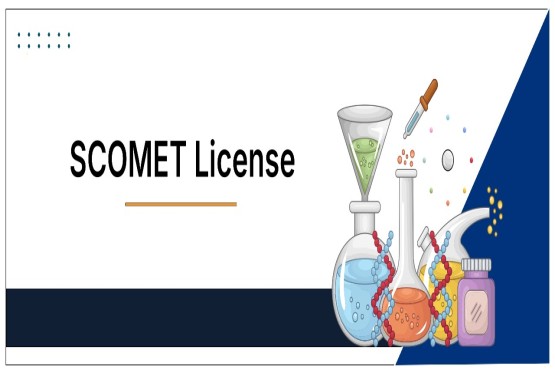



























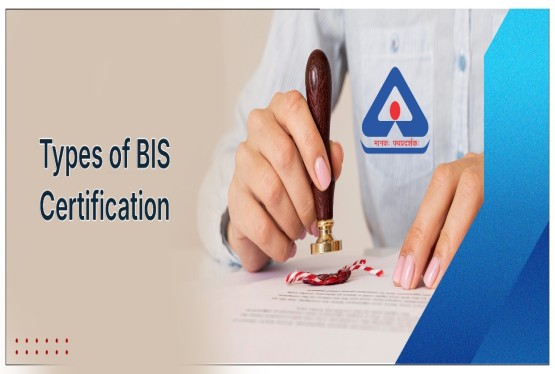

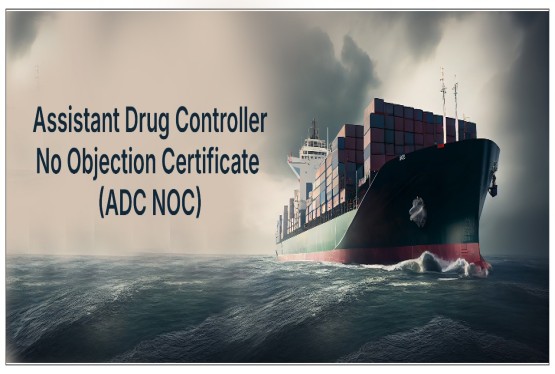






















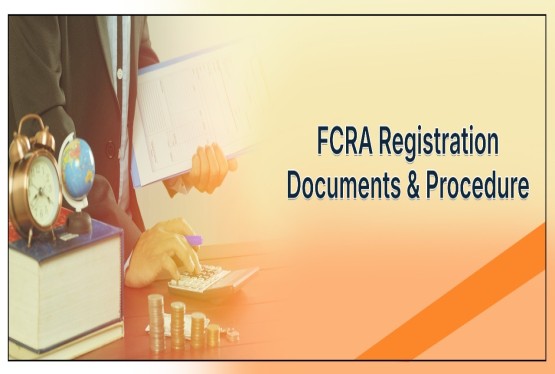


























_crop10_thumb.jpg)








 in BIS FMCS_learn_crop10_thumb.jpg)










_crop10_thumb.jpg)














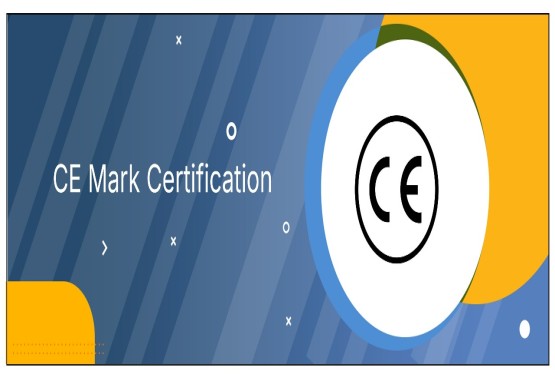
_crop10_thumb.jpg)





_Code C-888_learn_crop10_thumb.jpeg)
_learn_crop10_thumb.jpg)
































































_Certificate_learn_crop10_thumb.jpg)

_Certificate_(1)_crop10_thumb.jpg)















_learn_crop10_thumb.jpg)

_crop10_thumb.jpg)


















_Scheme_learn_crop10_thumb.jpg)


_learn_crop10_thumb.jpg)
